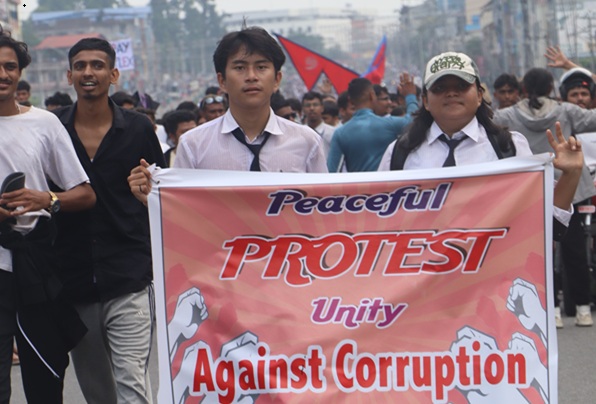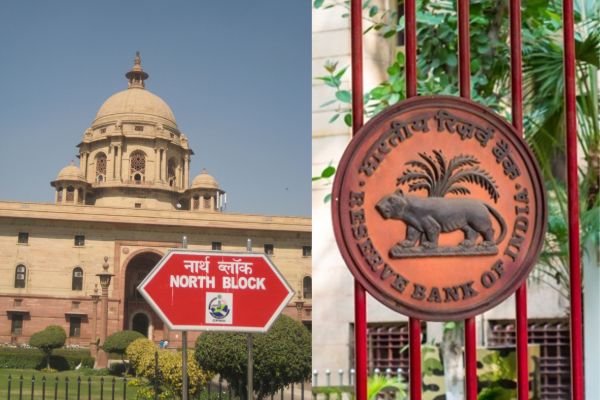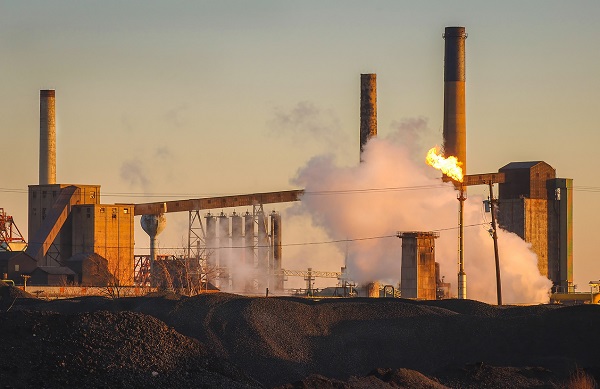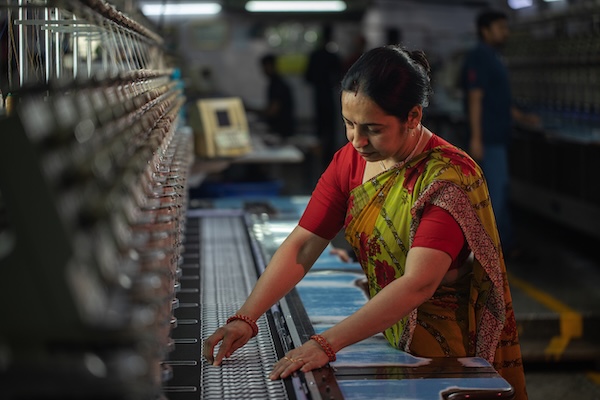.png)
By Saibal Dasgupta
Saibal Dasgupta is an author, veteran journalist, and noted China expert who has reported from Beijing since 2005 and contributes to global media and think-tanks.
September 9, 2025 at 2:14 PM IST
As fire rages across Kathmandu, two questions emerge. What is the political future of Nepal as Gen Z rejects all traditional politicians? Equally important is whether the movement will lead to an improvement in India’s image among the Nepali population.
Both Prime Minister K. P. Oli and President Ram Chandra Poudel have resigned under tremendous public pressure, creating a power vacuum. The Nepali parliament is also likely to be dissolved. All eyes are now on Chief of Army Staff General Ashok Raj Sigdel, one of the few leaders who still commands public respect.
On Monday, police shot and injured a large number of young protestors angry about rising unemployment, corruption, and government attempts to curb free expression, such as banning Facebook. The death toll has risen to 22.
Today, former Nepal Prime Minister Jhalanath Khanal’s wife, Rabi Laxmi Chitrakar, died after sustaining critical injuries when their home in Dallu was set on fire amid the ongoing unrest.
As the army was deployed, Sigdel took care not to shoot at the protestors. History will determine whether his decision to stand back, even as angry youth set fire to the Rashtrapati Bhavan and houses of ministers and beat up a former prime minister, was wise. The failure to protect government leaders and public property may be questioned for a long time.
What stands out is that Sigdel’s behaviour mirrored the attitude of Bangladesh Army Chief General Waker-Uz-Zaman, who refused to act against violent students that ransacked the house of then Prime Minister Sheikh Hasina and forced her to flee the country in August 2024.
Observers are asking whether the movement involving hundreds of thousands of young people is entirely spontaneous or whether hidden political hands are instigating them. Similar questions were raised during the Dhaka riots, which later revealed the involvement of opposition parties including the Bangladesh Nationalist Party and Jamaat-e-Islami.
“It is an entirely spontaneous movement in Nepal as Gen Z has rejected political leaders of all parties because of their history of corruption. I don’t think there are hidden political hands directing this movement,” said Pramod Jaiswal, Research Director of the Nepal Institute of International Cooperation and Engagement, a Kathmandu-based think tank, in an interview with BasisPoint Insight.
Oli, who served three terms as prime minister, stands out as the most ardent supporter of China. He took measures to reduce Nepal’s relationship with India and signed several agreements with Beijing, including the Belt and Road Initiative to connect the two countries by rail, although India has rejected the BRI programme.
The question is whether Oli’s departure will prompt Nepal to rethink its China tilt and attempt to improve relations with India. Jaiswal noted there could be some slowing in Nepal-China relations but said this may not necessarily be to India’s advantage.
Jaiswal also said India has been slow to voice support for the movement or to call for restoring democracy. Several European countries have already expressed solidarity with Nepal’s protestors.
Bangladesh saw student leaders lose influence after the 2024 movement as traditional politicians returned to prominence under the interim government of Chief Advisor Mohammed Yunus. There is a danger that Nepal’s young protestors may face a similar fate if they are unable to fill the political void.
One of the young leaders gaining attention is Sudan Gurung, president of the youth-led NGO Hami Nepal, who has used Instagram effectively to organise protest demonstrations. His earlier claim to fame was a campaign against corruption in a local hospital.
“I think Kathmandu mayor Balen Shah commands widespread respect among young people. He is likely to emerge as a leader and a rallying point,” Jaiswal said. Besides being mayor, Balen is a Nepalese rapper, music composer, poet, and structural engineer.
The big question is how the army will behave in the evolving circumstances. In a statement, the army said: "In the interest of Nepal and the Nepali people, the ever-dedicated Nepali Army is fully committed to discharging its constitutional responsibility of safeguarding national independence, sovereignty, geographical integrity, national unity, and the security of the Nepali people. At the same time, it sincerely appeals to all, especially the youth, to play a constructive role in maintaining social harmony, peace, and national unity during these difficult circumstances."
Despite this, observers ask whether the army will exploit the current anarchy to seize power or facilitate the restoration of democracy by supporting new and emerging leaders. Reports from Kathmandu suggest there is little support for military rule, as most people want a democratic transition.
Kathmandu had also seen sporadic demonstrations demanding the return of the monarchy which was removed from Nepal in 2008. But the ongoing movement showed no sign of young people demanding the return of the king. Observers say that the king’s influence is very limited and most people don’t want to replace corrupt politicians with a controlled monarchy.
This is also an opportunity for India to step in and guide the Himalayan kingdom in these difficult times. Yet it will not be easy to extend help without being accused of interference. This is precisely the kind of situation where diplomacy is tested.
*Click to watch the interview with Jaiswal




